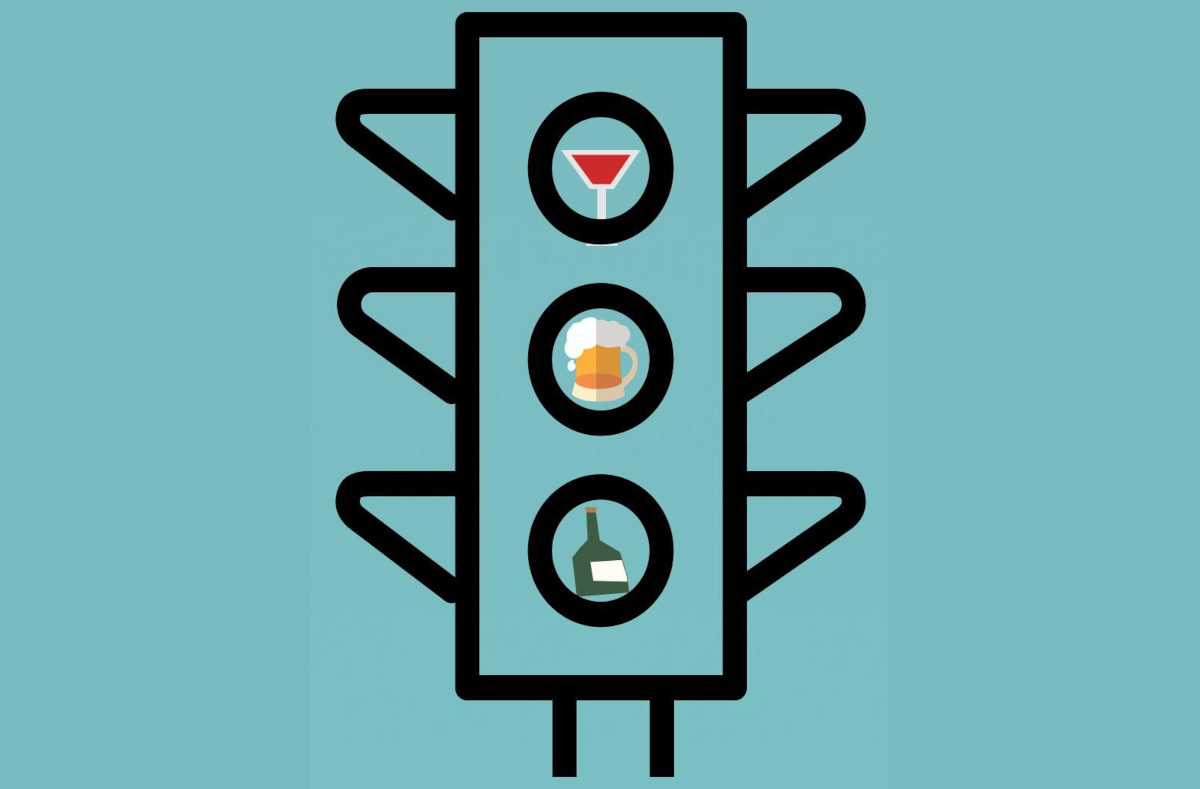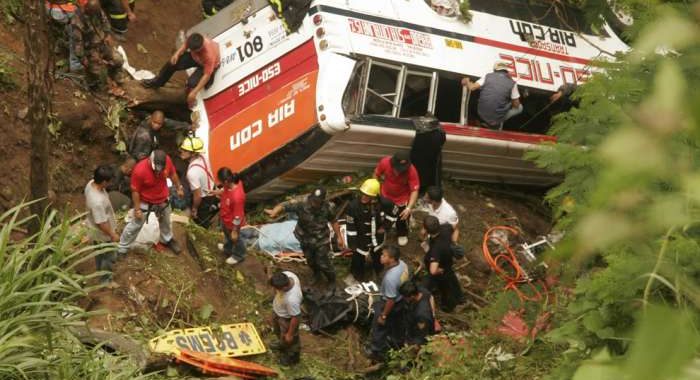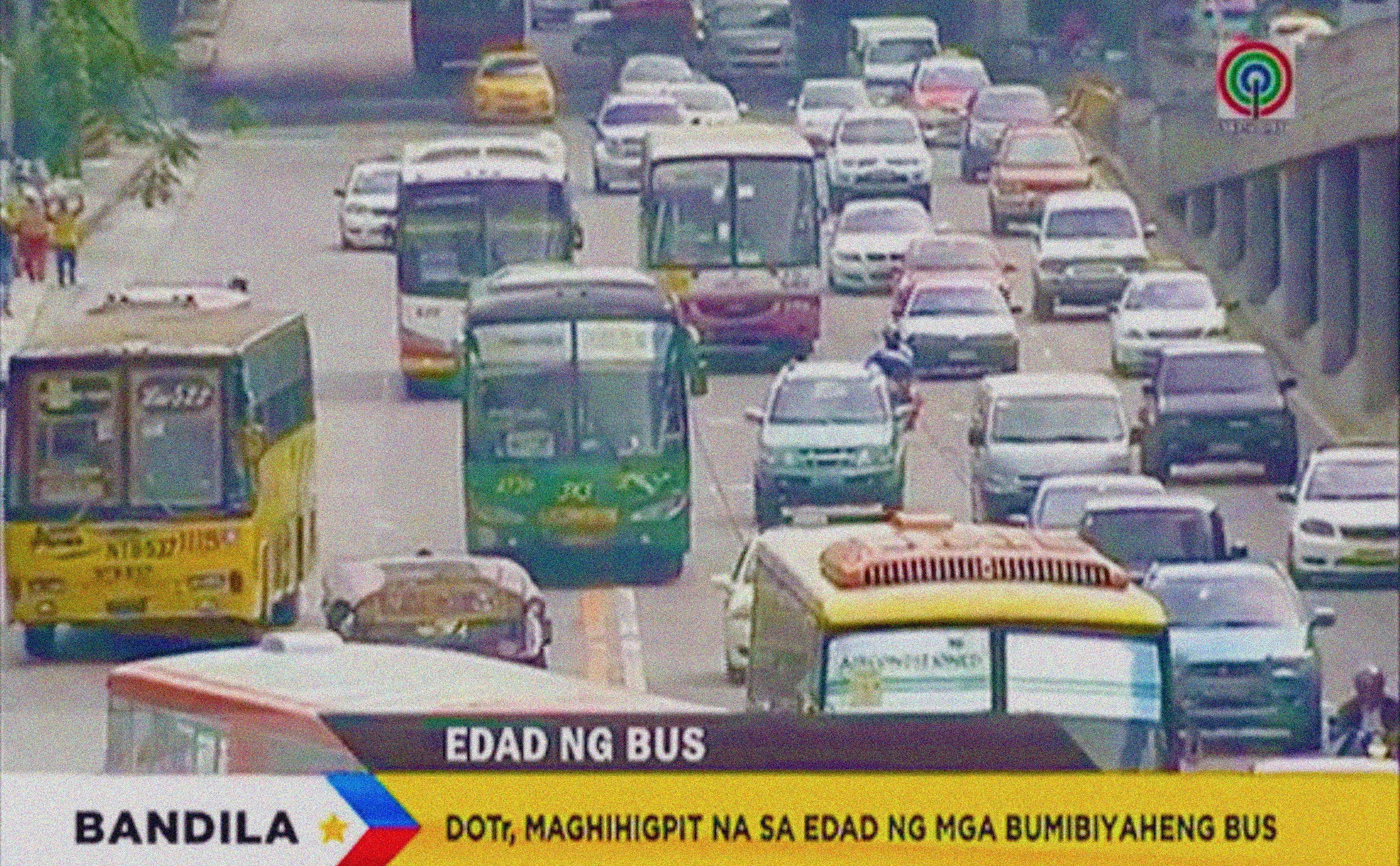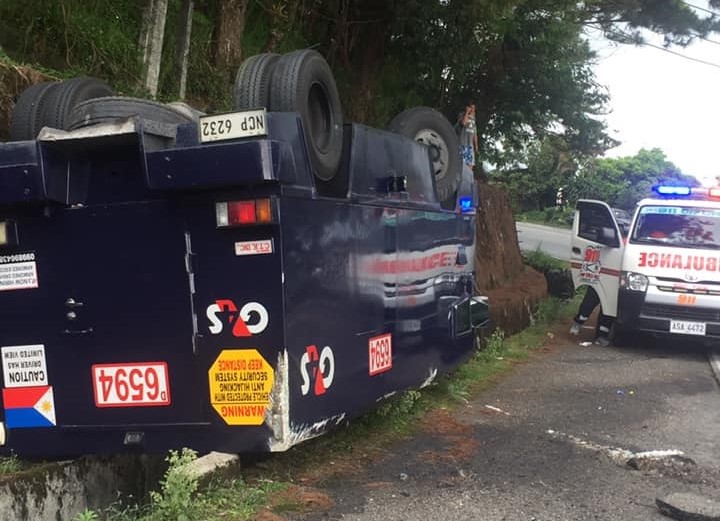Statistics are clear. Driving under the influence (DUI) is a main cause of road crashes in the Philippines. Although proportionally not a much as much as reckless driving or driving beyond the speed limit, we continue to hear stories, watch news reports and witness events that prove the point.
Last year 9 percent of the road crashes in the country was caused by DUI (mostly driving intoxicated or at least under the influence of alcohol) but of that number, an estimated 211 were fatal or involved fatalities to the vehicle passengers nationwide.
In the United States the statistics are remarkably disturbing.
The FBI for instance reported over 1.2 million arrests in 2011 for driving under the influence of alcohol or drugs. The National Highway Traffic Safety Authority (NHTSA) lists an estimated 32 percent of fatal car crashes involve an intoxicated driver or pedestrian, and forecasts that two in three road users will be involved in a drunk driving crash in their lifetime.
And the big story is around 29.1 million Americans admitted to driving under the influence of alcohol or narcotics.
There must be greater understanding of what makes a drunk driver and how drugs or alcohol really affect driving. But there is also another perspective that needs to be looked at. How culture affects driving after drinking.
Driving involves the use of cognitive skills, rational thinking and motor skills simultaneously to make decisions and act on the eight axes that make up the points around the vehicle. Add to that the fact that the vehicle is in motion and one quickly understands the impact of DUI to driving.
The level of the person’s attentiveness can be measured in the ability to make quick decisions and react to changes around the vehicle while executing specific operations like steering, shifting or depressing the clutch (there are 6 additional operative functions in a manual transmission vehicle versus an automatic) while keeping the eyes on the road.
These operations can never be routine, though after learning, muscle memory and familiarization can be easy to execute, they can become difficult and dangerous when even just one of the three skills mentioned above is compromised.
With so many things happening in the mind of the driver, alcohol, drugs or any kind of distractions makes for dangerous driving.
However when you combine DUI with cultural factors—such as machismo, permissiveness and even traditions—and a potentially lethal mix is created.
Malaya Business Insight asked Psychology Today columnist and University of Texas cognitive scientist Art Markham, Ph.D about this topic. Markham has written several articles on distracted driving and DUI.
“Culture influences people’s attitudes about what is appropriate behavior when drinking,” Markman points out. Since alcohol is a depressant it slows down the central nervous system functions, which is why many enjoy a drink or two after work to unwind.
Markman points out that cultures can “create traditions around walking to the places where you go to drink.” This is a practice the hardworking Japanese salaryman routinely does. Japan, where the drunk driving laws are stricter—0.03 percent blood-alcohol content reading (BAC)—and mass transportation is more available, road crashes and fatalities are expectedly lower at .48 per 100K population despite higher drinking ratios.
Comparatively in Korea, where the norms are much more permissive about drinking and driving, with the same BAC, road crashes are higher at 1.28 percent per 100,000 population.
Markman continues to say, “it can be difficult to change cultural norms. In countries where most people own their own cars, it can be difficult to persuade them to use public transportation or to take a cab or ride-share.”
This trait seems to be prevalent in the land of vodka, also with a .03 BAR, where the road crash death-to-population figure is 12.25 percent! Same goes true for many of the Central and South American
countries.
“Some countries also treat the ability to drink a lot without getting intoxicated as a sign of masculinity,” the University of Texas scientist points out. This is one of the cultural realities prevalent in the Philippines, especially in the provinces. Though no statistics exist to prove it, simply witnessing males who stagger out of a bar or a drinking session, insisting to drive a car of tricycle shows how the Pinoy male psyche defeat the safety aspect and how the machismo makes them reluctant to want to accept a ride from someone else.
“That would be taken as a sign that someone was not able to hold their liquor,” Markham emphasizes.
“Cultures also differ in other norms like whether people are likely to argue or fight when drunk. So, the cultural practices around drinking and driving are just one example,” he concludes.
There needs to be a massive data gathering campaign in the Philippines that will do the deep research into how the Filipino drives when influenced by mind alterating or intoxicating substance. At the moment we only have Republic Act 10586 or the Anti-Drunk and Drugged Driving Act of 2013.
Penalties range from a minimum of a week to three months in jail and fines ranging from P20,000 to P80,000. If there are physical injuries directly to persons the fines are stiffer, ranging from P100,000 to P200,000. If the crash results in homicide the penalty is P300,000 to P500,000 along with imprisonment and revocation of the driver’s license.
The law also imposes the strict implementation of the allowable blood alcohol content. This implementation requires a correct ratio of distribution of breathalyzers—a problem that has not yet been solved by the assigned authorities. The Metro Manila Development Authority (MMDA) says it has received additional breathalyzers from the original 150 units delivered in March 2015.
Additionally, the first batch of devices now need to be recalibrated as 6 months have passed.
This story was first published at Malaya Business Insight . It was produced under the Bloomberg Initiative Global Road Safety Media Fellowship implemented by the World Health Organization, Department of Transportation and VERA Files.





